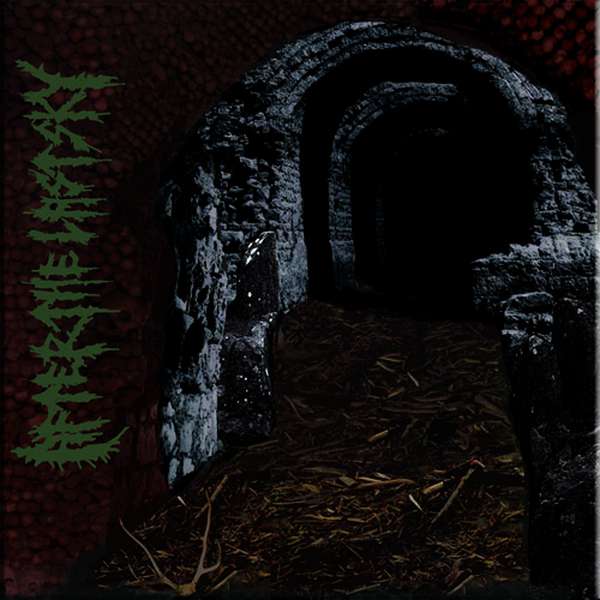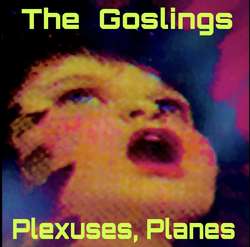While this is not a particularly good album, as a band After The Last Sky does possess some promising attributes. It takes only one listen to realize they are undoubtedly talented musicians. A fact that is not surprising, considering the rate at which they genre-hop their way through There’s No Light at the End of This Tunnel. The two axe-slingers flex their skills in a variety of styles, whether it is lightning fast thrash, atmospheric riffing or tech-metal accuracy. In turn, the drummer is just as well-versed at providing the appropriate backdrops, ranging from a precision pummeling to machine gun-like blast beats. Whether it’s plodding at a stoned-out doom pace or approaching the rapidity of powerviolence, the bassist holds down the bottom end in whatever necessary fashion the particular song calls for. And while the vocals are predominantly your standard deep-growl-to-high-pitch interchange, the singer does furnish it with somewhat of an edgier feel.
I’ve always kind of disliked the tag “extreme music.” And after giving this record a few spins, I think I understand why. Despite what their lyric sheet might say, musically ATLS don’t appear to exist for any other reason than to be extreme. They are not pushing the boundaries of extreme music, as much as they merely existing within them; even if they are trying to hide the fact by not focusing a single aspect of extreme music. No, these English dudes have attempted to do it all at once. That is, there is a whole mess of stuff going on here that might sound good on paper—grind, sludge, ‘core, black this-n-that, death, blah blah—but in reality it makes for a very confusing and not at all intriguing listening experience. There have been bands that have pulled this off before (Martyrdöd and Dödsdömd come to mind) but with these guys it’s like throwing a whole bunch of extreme sub-genres against the wall and seeing what sticks. Unfortunately nothing much does.
There is only one song that is decent enough to warrant repeated play, and that comes at the very end. The title track is a turgid seven-minute black metal epic, complete with moody ups-n-downs and tortured, painful vocals that end in a near-weeping croon: “A heathen nation will again rise...” (It’s like Swarrrm’s “Suffer,” but with fewer tears.) The record could have been executed better had they strung together four or five songs like this one and put it out as an EP, rather than a full-length that's all-over-the-place. There are a couple of ways to look at this record: it’s either a highly ambitious outing, or it’s lacking in direction. Unfortunately, despite the band’s best efforts, it’s not anything other than mediocre either way.




